Arabis Caucasian: description and varieties, planting and care
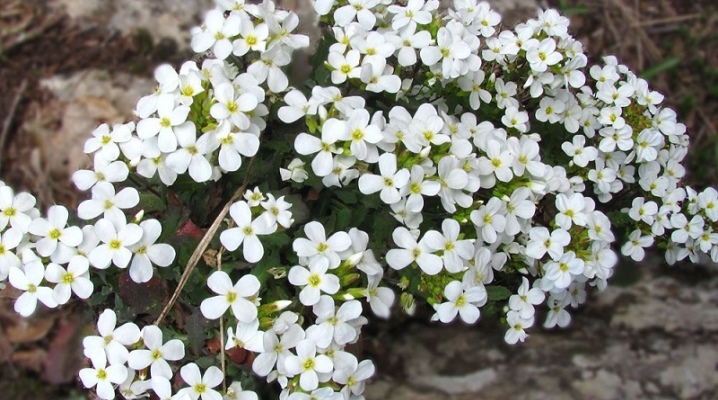
Arabis Caucasian is a perennial herb, the flowering of which is highly decorative. But even after the bush fades, its spectacular appearance pleases the eye thanks to its beautiful silvery leaves. In natural nature, this plant can be found in the mountainous areas of the Caucasus, Crimea, Central Asia and the Mediterranean. Gardeners love Arabis for its unpretentious care.
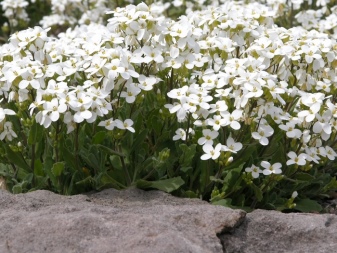
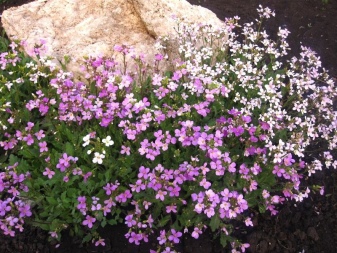
Peculiarities
Caucasian arabis or Arabis caucasica belongs to the cruciferous family. It is grown as an annual and perennial plant. Outwardly, it is a rather fluffy shrub, the maximum height of which is 30 cm (among the varieties there are also shorter representatives). Terry varieties have been bred, the range of shades is diverse: white with a yellow border, yellow, white, lilac, pink.
Botanical Description:
- leaves of a green tone with silvery pubescence;
- leaf shape - heart-shaped;
- plates are solid, there are varieties with a serrated edge;
- inflorescences are medium-sized, racemose;
- flowers are simple or double;
- different color options;
- flowering is long, begins in spring;
- aroma is strongly expressed, pleasant.
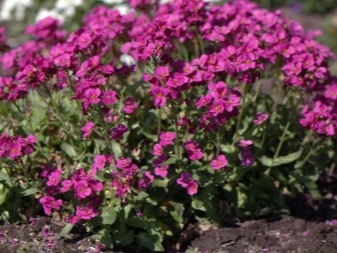
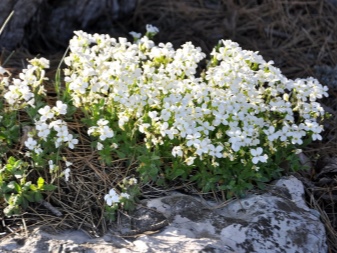
Arabis is quite attractive to bees, does not require special growing conditions, and is not capricious in its care. Looks spectacular in any garden area, in different compositions. Ideal for decorating alpine slides, stone gardens, rabatok, curbs. The culture is good in combination with phlox, daisies, shaved and any bulbous and early flowering plants.
This plant has another name - rezuha. To date, breeders have bred quite a few hybrid varieties. Consider the most common ones.
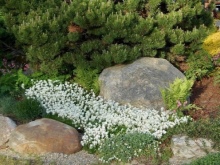
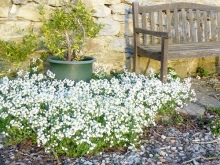

Varieties
Plena is considered the most popular among gardeners - a low-growing shrub with pink and white flowering, up to 25 cm high. In addition to it, the following varieties and varieties are well known.
Little Treasure Deep Rose:
- Little Treasure Deep Rose is a perennial;
- looks perfect in a flower bed;
- refers to undersized, height - up to 15 cm;
- blooms from the first month of summer;
- inflorescences have a juicy pink tone;
- tolerates frost well, but in harsh climates requires shelter for the winter.

Lotti White:
- perennial ground cover;
- refers to undersized, height - from 10 to 15 cm;
- flowering abundant, spectacular;
- the shade of the inflorescences is snow-white;
- blooms in spring;
- tolerates frost well, but it is necessary to cover for this period.
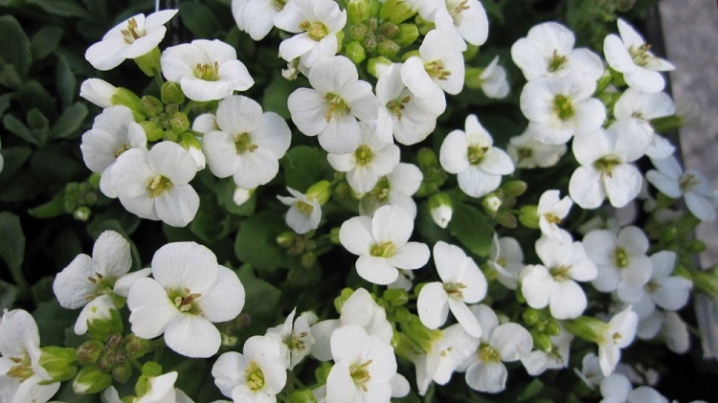
"Kompinki":
- maximum height - up to 30 cm;
- flowering juicy pink, smallish;
- the whole bush is strewn with flowers;
- high decorativeness;
- the flowering period is quite long.
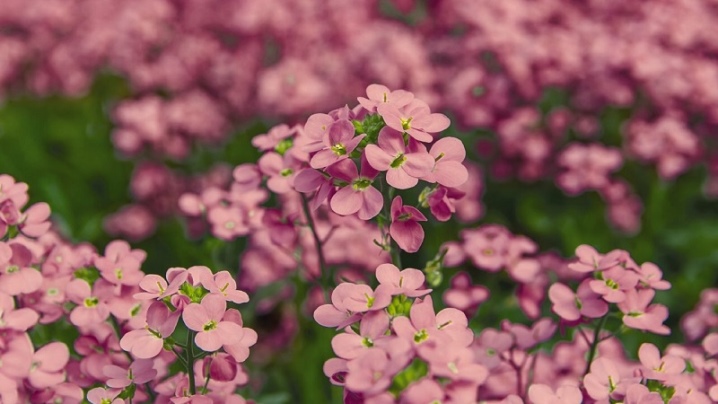
Little Treasure White:
- perennial, maximum height - up to 30 cm;
- shoots spread and root well;
- foliage is smallish, elongated, with large teeth along the border;
- the color of the foliage is green with gray, but the edge will be snow-white;
- survives winter well, blooms for about a month, starting in late spring;
- inflorescences are small - up to 1.5 cm;
- snow-white inflorescences are connected by the type of brush.
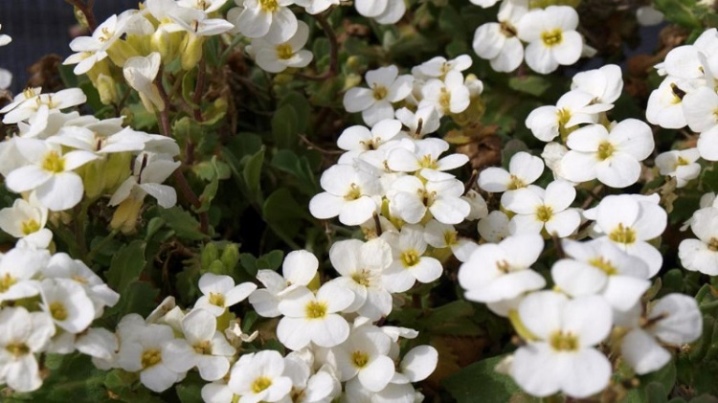
Arabis ferdinandi coburgii Variegata:
- "Variegata" in height can reach half a meter;
- bush width - 30 cm;
- blooms long and luxuriantly;
- foliage is faded green, with a border of pink, white or yellow;
- snow-white inflorescences;
- wide leaf rosettes;
- in the presence of a high-quality drainage layer, they tolerate subzero temperatures.
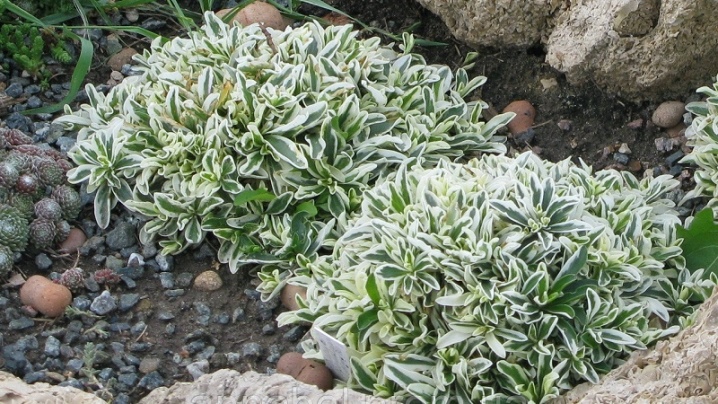
Snow Fox:
- maximum height - up to 25 cm;
- foliage is small, elongated, uneven along the edge;
- foliage is rather dense;
- blooms profusely and magnificently for the first two months of summer;
- the diameter of the flower is small - up to 1.5 cm;
- inflorescences are snow-white;
- inflorescence length - up to 8 cm;
- feels good on fertile soils, in the sun, does not like a lot of moisture.
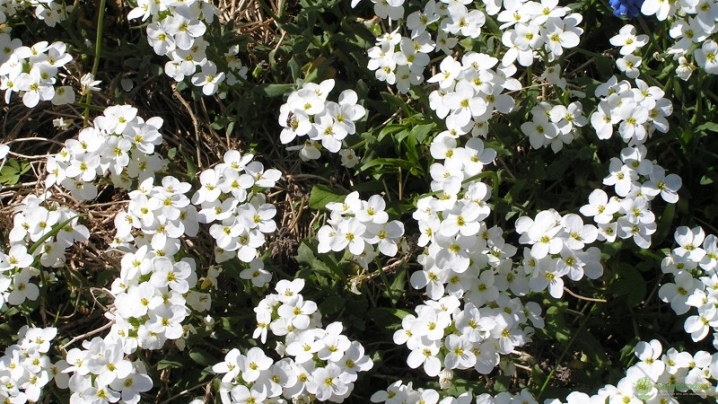
Schneehaube:
- undersized;
- height varies from 10 to 25 cm;
- the flowers are snow-white, abundantly gathered in bunches;
- flower size - about 2 cm.
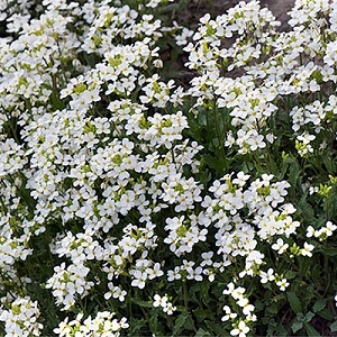
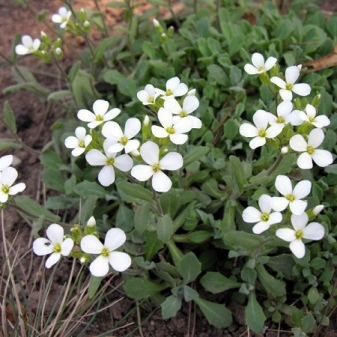
Arabis bryoides Boiss:
- mossy crusher;
- perennial;
- one of the lowest types - up to 7 cm;
- the bush is shaped like a pillow;
- foliage has a velvety type surface;
- leaf shape - oval;
- flowering snow-white, smallish;
- blooms in early spring.
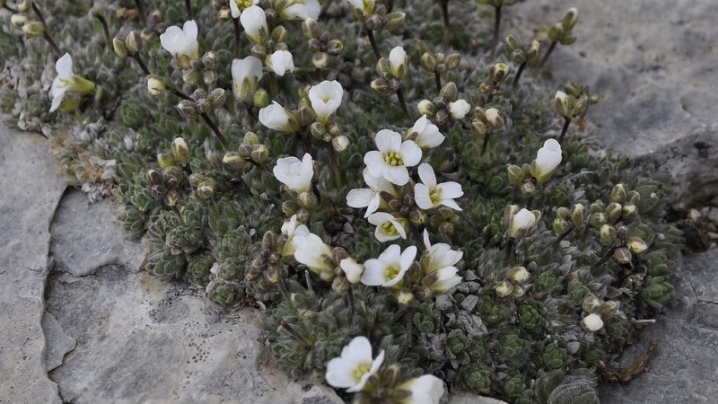
How to plant?
Before planting the Caucasian Arabis in open ground, it is necessary to choose the right site. The landing zone requirements are as follows:
- the site should be located in the sun, well lit;
- areas near trees, shrubs should be avoided;
- stagnation of the soil is unacceptable, otherwise the rhizomes can rot;
- it is optimal to create conditions close to the natural environment: sandy, stony type soil is well suited;
- ideal soil - light, with excellent drainage, not wet, sandy;
- clayey and low areas are unacceptable.
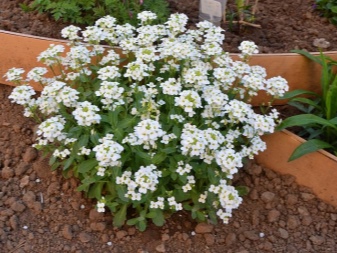
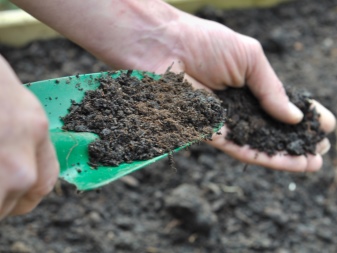
The seeds are planted in April. Landing Algorithm:
- seed placement depth - 1 cm;
- after disembarkation, conditions of a greenhouse-greenhouse type are created;
- polyethylene is removed after shoots appear;
- sprouts are planted in open ground in about a month, when the roots and stems get stronger;
- the optimal weather for disembarkation is not sunny;
- Arabis is preliminarily moistened, then dug up and planted in a permanent place with a lump of earth.
Immediately after the plant is planted on the site, it is necessary to monitor the weeds and get rid of them in time. Also, at first, the soil is often loosened, shoots are shortened in case of too rapid growth.
If this is not done, the bush is not an example of a beautiful, neat shape.

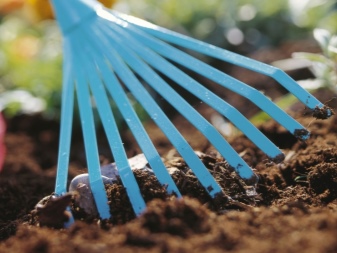
How to take care of it properly?
Cultivation of Arabis will not be difficult if it is planted in a flat, open, well-lit place, and care is carried out regularly. Penumbra is quite acceptable, but the shrub grows most actively in the sun, blooms more abundantly, magnificently. Since this is a mountain plant, it perfectly tolerates light drought, but the abundance of moisture is not suitable for it. However, the same can be said about excessive aridity. Therefore, it is so important to regularly monitor the condition of the soil. If the summer is dry, there is no rain, you need to water the Arabis.
After the bush gets stronger, becomes mature, it is weeded only when necessary. But you need to constantly monitor the condition of the bush, since this plant is prone to abundant and violent growth. It is necessary to constantly cut off too long shoots.
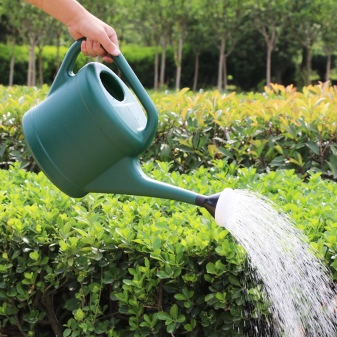
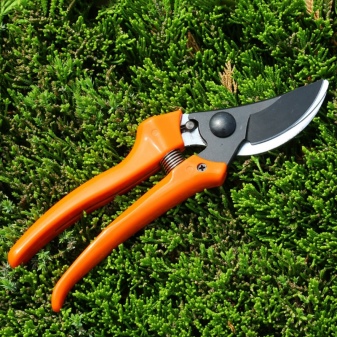
If this is not done, the bushes will intertwine with other plants, blocking access to oxygen and causing fungal diseases. In addition, the bloom will be less showy. Flowers that have withered should be constantly removed, this way the flowering period is extended.
Arabis grows well in the middle zone of our country, but it must be covered for the winter. A shelter should be created from arcs and agrofibre. In this case, moisture should not get on the plant, it closes only in dry form. Dampness in combination with frost will destroy the rash.
In the spring, there is no need to rush to open the plant, it is better to wait until the frosts will definitely return.

Reproduction methods
The main way of breeding Caucasian Arabis is by seed. Sowing takes place in autumn, spring, flowering will begin only a year after planting. However, to preserve varietal traits, it is better to prefer the vegetative method:
- you can completely dig up and divide the bush, then plant it in selected areas;
- you can not dig up the mother bush completely, but separate a part from it and plant it.
The transplant is carried out in late summer-early autumn or at the very beginning of spring. The distance of the bushes is at least 30 cm from each other.
Another way with high efficiency is grafting:
- the shoot from above is separated by about 10 cm;
- several sheets are removed from the bottom;
- the shoot is planted in loosened sandy soil;
- it is necessary to place in partial shade and moisturize;
- rooting occurs after about 20 days;
- the plant is transplanted to a permanent place.

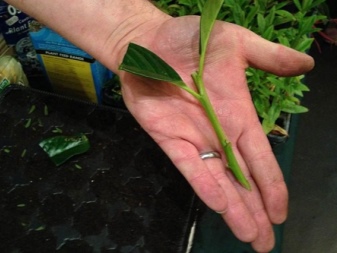
In addition, Arabis is propagated by layering:
- the shoot is pinched from above;
- a long stem is rooted in wet soil;
- after the formation of the roots, after about 4 weeks, the stem is cut off;
- then planted on the prepared site.
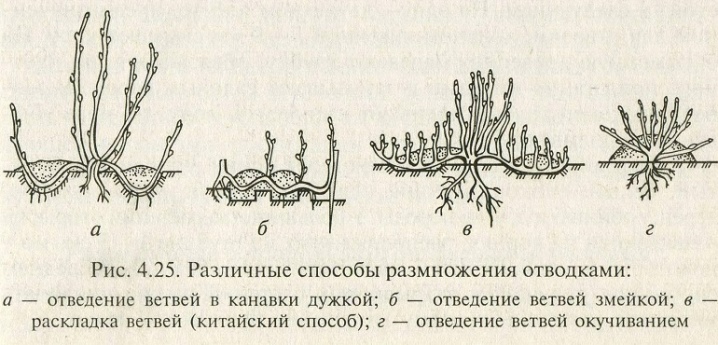
In the next video, planting and caring for Arabis awaits you.







































































































The comment was sent successfully.